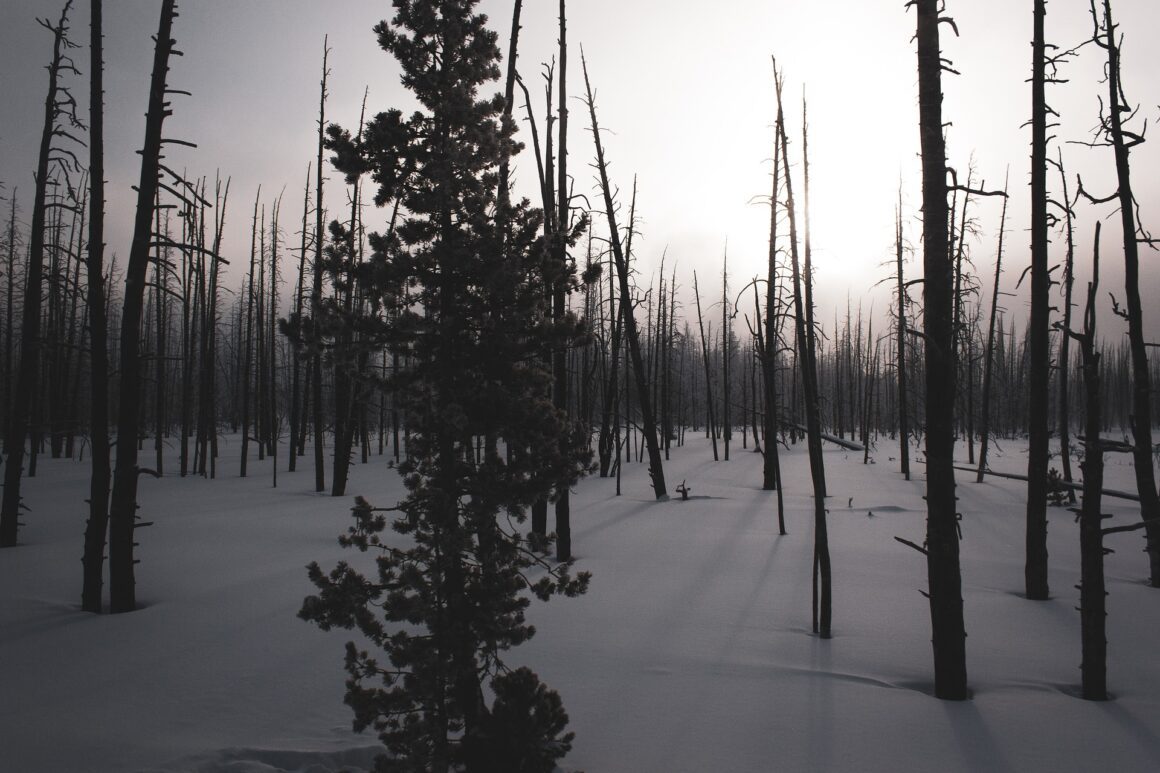Ghost forests are former woods with a high concentration of dead trees. They are most common at coastlines where plate tectonics or increasing sea levels have drastically affected the terrain.
According to a recent study undertaken by the Department of Forestry and Environmental Resources at North Carolina State University (NC State), USA, these ghost woods release a large amount of methane.
Wetlands play an essential role in the global carbon cycle, mainly methane, accounting for about 30% of all long-lived greenhouse gases.
Wetlands are the most abundant natural source of CH4, accounting for up to 20–30% of worldwide emissions.
Melida Martinez, a Post-Doctoral Researcher at NC State, is the lead author.
A variety of microbes produces the methane created by these ghost forests, and although the methane is produced in the soil, the trees function as vents, allowing the methane to rise and escape into the atmosphere.
Ghost woods are projected to become increasingly widespread along the Southeast American coast as a visual signal of climate change and rising sea levels.
The deadwood in these woods, known as snags, is essential in calculating greenhouse gas generated by ghost forests.
From the Soil to the Snag
Understanding the primary source and routes of methane from snags in ghost forests was critical to the research, which was just published in the journal Frontiers.
The researchers theorized that the methane exhaled by snag stems was initially created in the soil and that the snags functioned as a conduit for the gas to reach the atmosphere.
To further comprehend this working theory, the scientists investigated a series of methane samples collected from the snags of five ghost forest locations on North Carolina’s Albemarle-Pamlico Peninsula.
They were able to follow the chemical signature left by methane-producing microorganisms by carefully assessing the quantities of methane in the soil, snags, and water.
They noticed that methane concentrations were lower farther from the earth.
Methane (CH4) comprises two elements (carbon and hydrogen), both of which have stable isotopes. The team was able to follow the methane by measuring these isotopes.
The study discovered differences in the heavier and lighter isotopes of hydrogen and carbon from groundwater to soil to snags.
Even though the researchers were simply looking for methane, they noted that it was critical for understanding the environmental effect of ghost woods.
Environmental Implications
According to Martinez, it is critical to understand how methane moves through the environment.
These ghost forest patches are just transitory ecosystems; they will eventually turn into marshes.
However, even in their transitory form, we want to know how ghost trees create and transport this greenhouse gas.
Because methane is the most significant contributor to the creation of ground-level ozone, a harmful greenhouse gas, it is critical to identify the major sources of methane and whether any action can be taken to mitigate the effect.
This air pollution causes over a million premature deaths each year and adds 80 times more to global warming than carbon dioxide during 20 years.
While methane accounts for around 30% of pre-industrial global warming, it is quickly growing quicker than when record-keeping started in the 1980s.
Furthermore, although carbon dioxide emissions declined during the COVID-19 epidemic, atmospheric methane continued to rise.
This study contributes to a better knowledge of the environmental impact of methane gas.
It shows that a better understanding of methane sources is critical in combating and adapting to the consequences of climate change.
Source: labmanager
